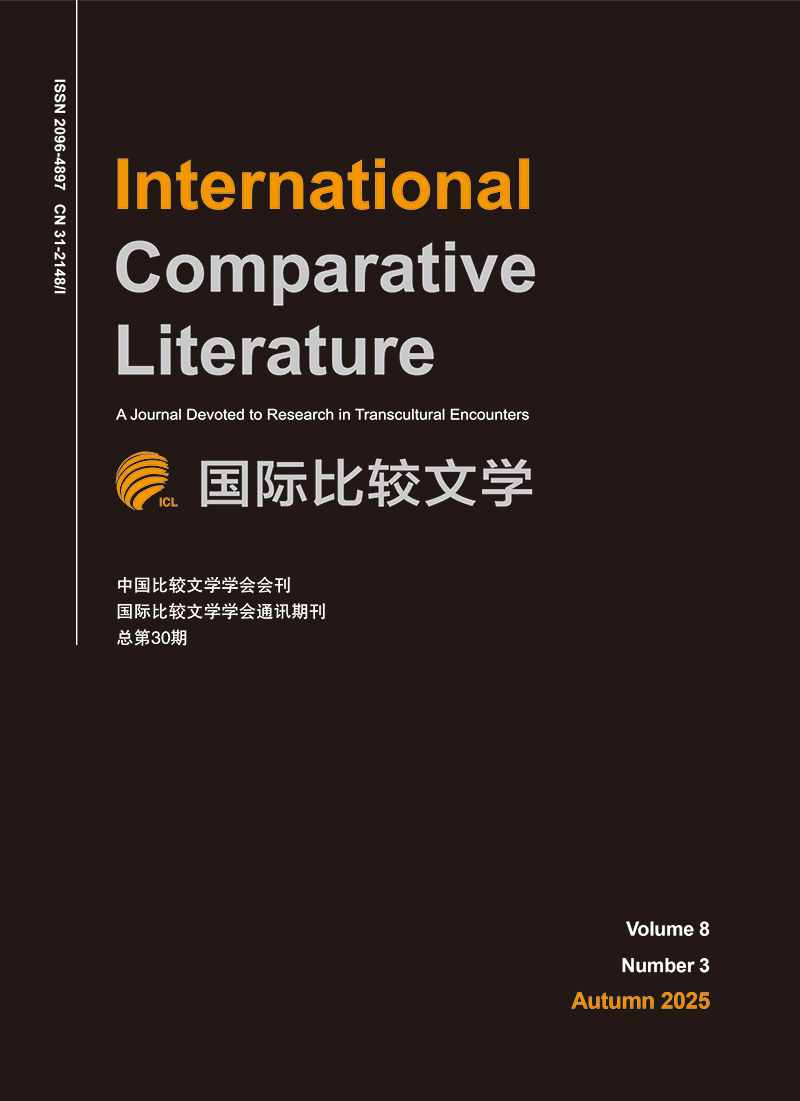2023 Vol. 6, No. 2
column
Display Method:
2023, 6(2): 7-25.
doi: 10.19857/j.cnki.ICL.20236201
Abstract:
2023, 6(2): 39-63.
doi: 10.19857/j.cnki.ICL.20236203
Abstract:
2023, 6(2): 64-86.
doi: 10.19857/j.cnki.ICL.20236204
Abstract:
2023, 6(2): 87-95.
doi: 10.19857/j.cnki.ICL.20236205
Abstract:
2023, 6(2): 96-107.
doi: 10.19857/j.cnki.ICL.20236206
Abstract:
2023, 6(2): 108-123.
doi: 10.19857/j.cnki.ICL.20236207
Abstract:
2023, 6(2): 124-136.
doi: 10.19857/j.cnki.ICL.20236208
Abstract:
2023, 6(2): 137-148.
doi: 10.19857/j.cnki.ICL.20236209
Abstract:
2023, 6(2): 149-159.
doi: 10.19857/j.cnki.ICL.20236210
Abstract:
2023, 6(2): 160-175.
doi: 10.19857/j.cnki.ICL.20236211
Abstract:
2023, 6(2): 176-190.
doi: 10.19857/j.cnki.ICL.20236212
Abstract:
2023, 6(2): 193-196.
doi: 10.19857/j.cnki.ICL.20236213
Abstract:
2023, 6(2): 197-199.
doi: 10.19857/j.cnki.ICL.20236214
Abstract:


